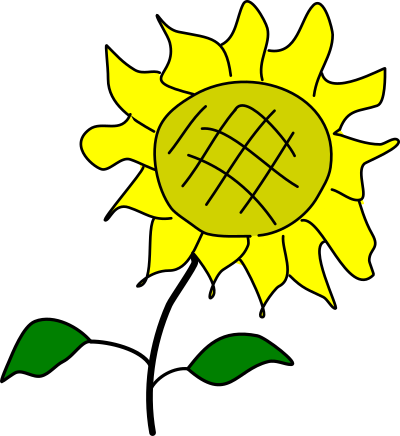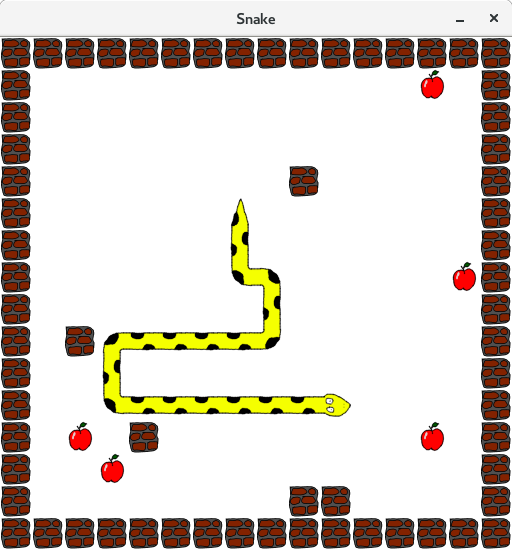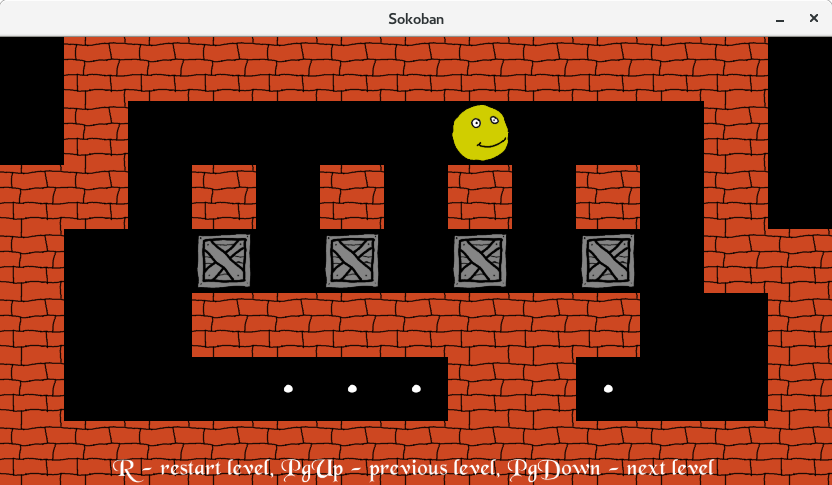Update of the Helianthus - new project for education
русский текст ниже

What is it?
Helianthus -- is the multimedia library for making learning of the C language fun and interesting.
https://coolbug.org/users/bw/helianthus/
The C language is as close as possible to the machine language of the processor. And programming in C allows you to better understand how the computer works. Having understood the C language, you can easily learn any other programming language.
However, starting to learn C using only standard functions is boring. All we can work with (besides computing) is a text console where we can read and display text.
Connecting third-party libraries and building a project with graphics and sound is often not an easy task for a beginner.
This library provides to you a set of simple functions for working with graphics, sound and physics. So at the very beginning of learning the C language you can create interesting and beautiful programs.
Library released as public domain, but using of dependencies SDL2 and FreeType2 may set an additional restriction to produced binaries (Zlib, #GPL or other libre license).
What news?
- you can use Helianthus in Windows (instructions at russian);
- you can use advanced OpenGL functionality;
- you can load custom fonts;
- you can load textures from memory (e.g. from executable file);
- you can use framebuffer to draw on the texture;
- you can use standalone all-in-one static library for windows and linux;
- you can make standalone all-in-one executables;
- less dependencies - now Helianthus requires only SDL2 and FreeType2;
- several new examples;
- Helianthus now has a web-site;
- many other features and improvements.
You are wellcome!
web-site: https://coolbug.org/users/bw/helianthus/
full package sources+binaries (GPL licensed):
https://coolbug.org/downloads/bw/helianthus/helianthus-bin-latest.zip
online-documentation (yet russian only): https://coolbug.org/users/bw/helianthus-doc-ru/
repository: https://repo.coolbug.org/bw/helianthus https://coolbug.org/earthworm/user/bw/repo/helianthus
examples: https://repo.coolbug.org/bw/helianthusexamples https://coolbug.org/earthworm/user/bw/repo/helianthusexamples
liberapay (much thanks!): https://ru.liberapay.com/blackwarthog

теперь по-русски
Обновление библиотеки Helianthus
- нового проекта для образования
Что за Хелиантус?
Helianthus -- мультимедиа библиотека для того чтобы изучать язык Си было весело и интересно.
https://coolbug.org/users/bw/helianthus/ru.html
Язык Си максимально приближен к машинному языку процессора и программирование на Си помогает вам лучше понять как устроен компьютер. Изучив язык Си вы с лёгкостью освоите любой другой язык программирования.
Однако изучать язык Си, используя только стандартные функции, очень скучно. Всё с чем мы можем работать (помимо вычислений) — это текстовый терминал где мы можем читать и выводить текст.
Подключать же сторонние библиотеки и собирать из них полноценный проект с графикой и звуком зачастую не такая уж простая задача для новичка.
Данная библиотека предоставляет вам набор простых функций для работы с графикой, звуком и физикой, для того чтобы вы в самом начале изучения языка Си могли создавать интересные и наглядные примеры.
Библиотека распространяется как общественное достояние, однако для сборки трубуются библиотеки SDL2 и FreeType2. По этому на окончательный исполняемый файл могут быть наложены ограничения #GPL, Zlib или другой свободной лицензии.
Что нового?
- теперь вы можете использовать Helianthus под Windows;
- вы можете использовать продвинутый функционал OpenGL;
- вы можете загружать свои шрифты;
- вы можете загружать текстуры из памяти (например прямо из исполняемого файла);
- вы можете использовать буфер кадра для рисования прямо на текстуре;
- вы можете использовать автономную статическую библиотеку которая включает в себя все зависимости;
- вы можете создавать такие же автономные исполняемые файлы;
- меньше зависимостей - теперь для сборки Helianthus требуется только SDL2 и FreeType2;
- несколько новых примеров;
- теперь у Helianthus есть web-сайт;
- много других функций и улучшений!
Приходите!
web-сайт: https://coolbug.org/users/bw/helianthus/ru.html
полный пакет с исходниками и скомпилированными файлами (по лицензии GPL):
https://coolbug.org/downloads/bw/helianthus/helianthus-bin-latest.zip
репозиторий: https://repo.coolbug.org/bw/helianthus https://coolbug.org/earthworm/user/bw/repo/helianthus
примеры:: https://repo.coolbug.org/bw/helianthusexamples https://coolbug.org/earthworm/user/bw/repo/helianthusexamples
liberapay (спасииибо!): https://ru.liberapay.com/blackwarthog

#helianthus
#c #programming #coding #learn #learning #education
#си #программирование #образование #обучение
#opensource #cc0 #publicdomain

























































































































